Sometimes an artist catches a landscape so perfectly that certain views will forever look as though they contrive to live up to the image. Caspar David Friedrich cornered the market in sublimely craggy cliff edges. Closer to home, Paul Henry did it with his Connemara skies. The landscape as a subject is always available, but art about and of the landscape is today so much more than coming up with a decent vista.
In the eyes of the art historian Yvonne Scott, landscape art transcends the picturesque to become dynamic, “reflecting its ever changing social role”. Contemporary artists, she says in her richly illustrated new book, “respond to landscape less as a narrow and traditional genre, and more as a multidimensional series of environments within which life is lived. Arguably, artists have redefined what constitutes landscape imagery.”
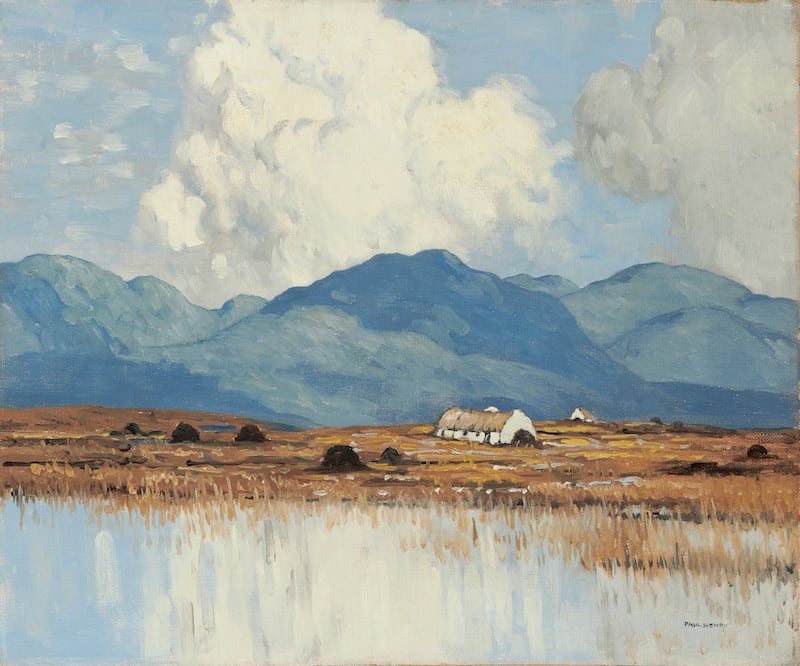
The artists she writes about explore the meanings of place to tease out our own often troubled relationships with the land around us and the histories it contains. We travel from fortified borders, via the work of Elaine Byrne, into deeply layered yet strangely contemporary mythologies through the eyes of Dorothy Cross, and shudder at Brian Maguire’s unflinching focus on environmental catastrophe with works such as his Burning Amazon, from 2022.
Scott, like the artists she writes about in Landscape and Environment in Contemporary Irish Art, digs below the surface to explore themes and ideas as rich and fertile as well-tended earth. A century ago, landscape imagery in Ireland was more about “finding a way of defining ‘typical’ Irishness,” she says. “Now it responds more to the environments that the population finds themselves in.”
Sally Rooney: ‘I enjoy writing about men ... the dangerous charisma of the oppressor class’
Alzheimer’s: ‘I’ve lost my friend and my companion,’ says Úna Crawford O’Brien of fellow Fair City actor Bryan Murray
Ryan Adams at Vicar Street: A gig that nobody will forget anytime soon, but perhaps not for all the right reasons
So what do some of today’s artists have to say about the land we inhabit?
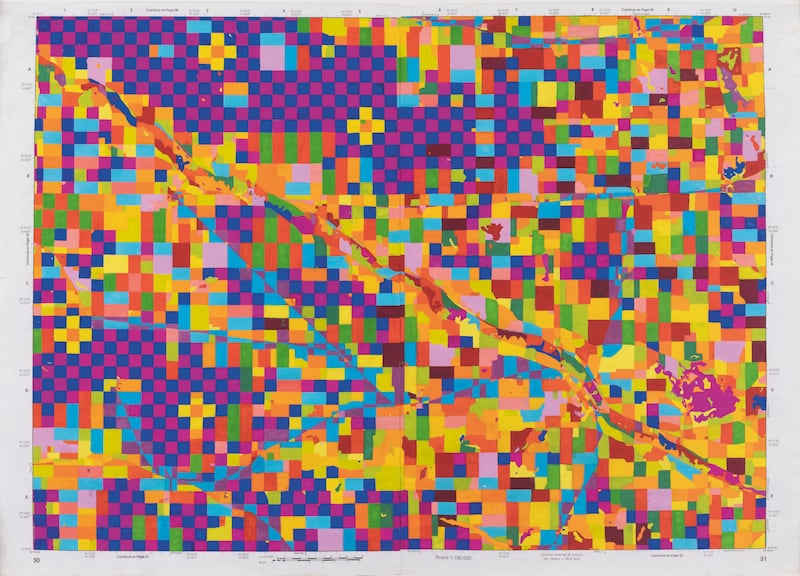
Kathy Prendergast has explored the way maps interpret the landscape, sometimes using the maps themselves as her medium. Just as Brian Friel’s play Translations looks at how maps can be used to define, own and even steal the ground under our feet, Prendergast explores how they also invade and inflect our consciousness, and how our consciousness can be mapped like a geography. Her Road Trip series was made using the Minnesota Atlas & Gazetteer, a book of detailed maps that are, Scott says, remarkable for the rectangular grid of local roads, “a structure that first emerged in the dividing up of the land in anticipation of migrants from Europe settling there”.
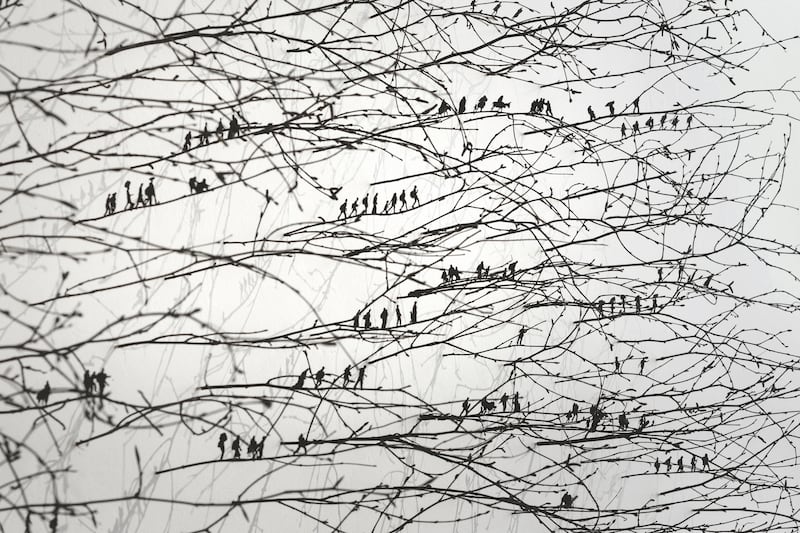
Anita Groener makes films, paintings, drawings and sculpture, usually preferring to stay with black, white, browns and shades of grey. In her work, landscape is symbolic. Responding to the tragedies of mass enforced migrations, she uses uprooted trees as metaphors. Trees and forests also appear in her work as the literal sites of migration and as the location of personal experience. Groener’s work is incredibly subtle and satisfyingly complex, its surface beauty a lure to draw you into its powerful themes.
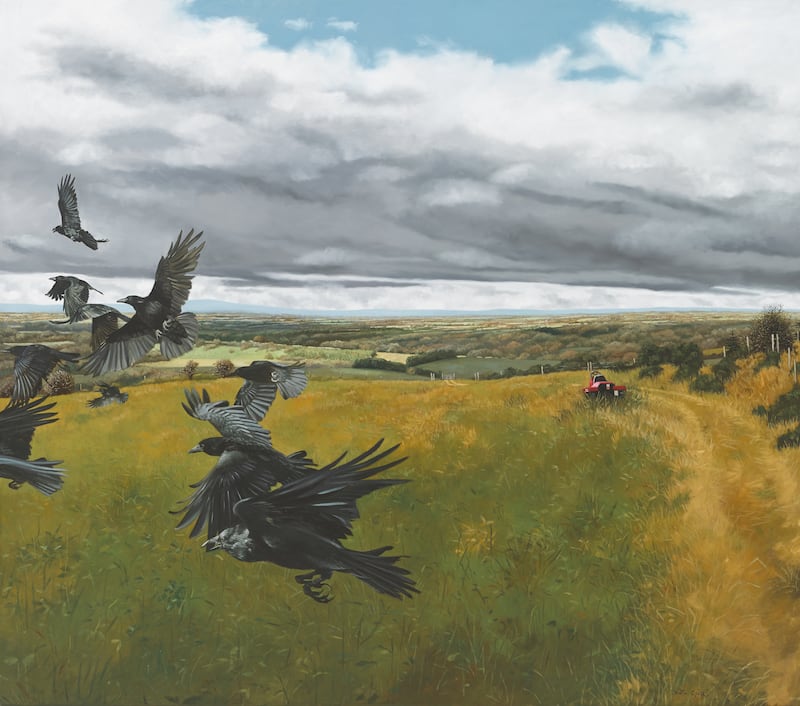
Martin Gale makes detailed, realistic work that often has a nicely satisfying edge of the uncanny. This may come from the way rural and urban rub up against each other, and the way nature’s presence is forever at odds with culture, even as we attempt to contain, harness or otherwise enjoy it. Gale “often explores the practicalities of changing social structures and how they impact on the connection to place”, Scott says. “The work is often enigmatic, so we engage with the image to find solutions and explanations to what is taking place.”
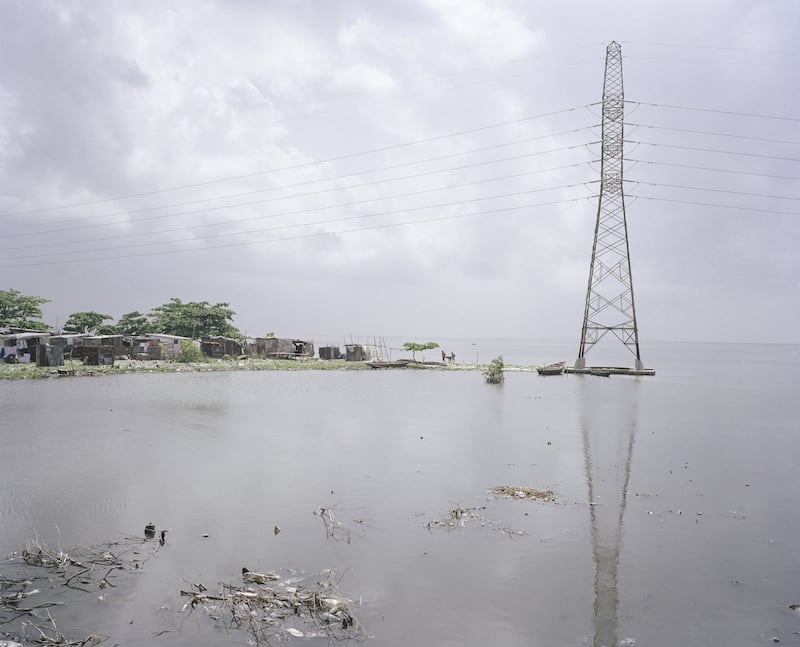
Paul Seawright usually works in photography, and his urban images are often landscapes of dislocation and alienation. “Several of Seawright’s images present a contrast between the desperate conditions that humanity has to endure, and how deprived people may be located in close proximity to symbols of technical progress,” Scott says.
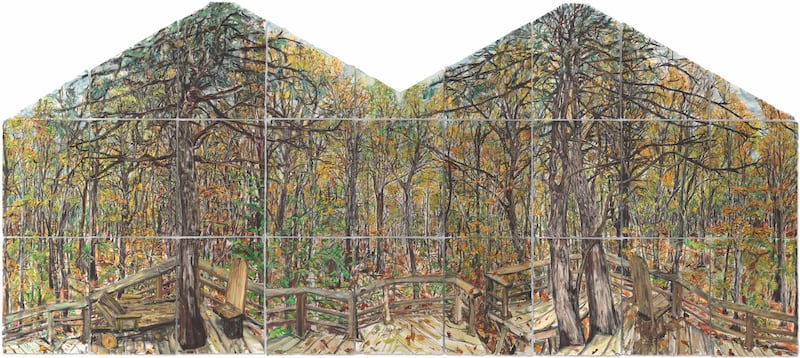
Nick Miller describes his images of the landscape as portraits, as intimate as if they were of people. Turning a truck into an ingenious mobile studio, he could work in all weathers, the frame of the truck’s door often making its way into his art. Miller “could park in front of whatever he wanted to paint, and stay within his ‘shell’ while observing the dynamic restlessness of nature in front of him”, Scott says. Sometimes frames aid in making a connection to what it is that we see, such as with the difference between an empty expanse of ocean and the cradled bay made by the definition of rocks or cliffs. Later, on a residency at the Josef & Anni Albers Foundation in Connecticut, Miller found a tree house and made it his temporary studio. It served a similar purpose in framing his perspective on the dense, embracing forest, while defining that small separation that we bring to whatever, or whoever, it is that we see.

Laura Fitzgerald brings a brilliant wit to her observations on rural and urban misconceptions. “Growing up in the practical environment of a farm, her outlook is very down to earth,” Scott says. “Her materials: whatever she can find locally that serve her practical needs; consequently they carry meaning for her, but with humour.” Fitzgerald also takes marvellous swipes at the art world, especially at the prejudice that art and intellect can thrive only in urban centres.
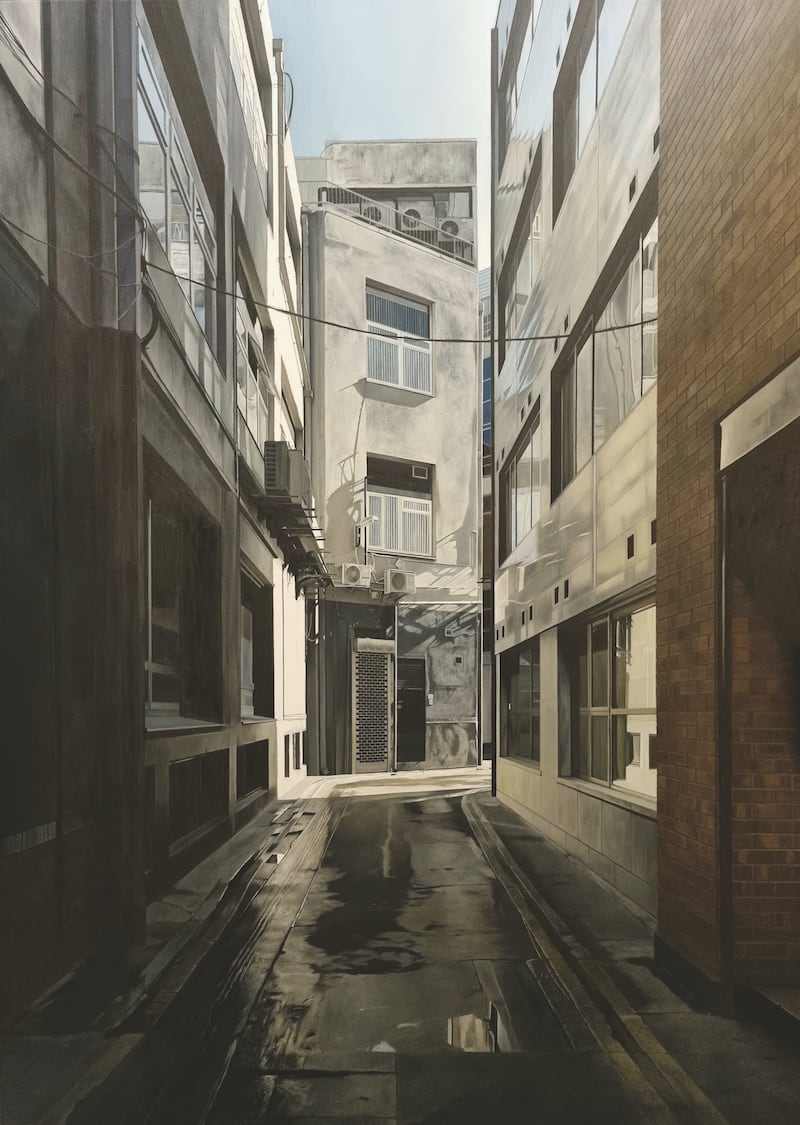
Francis Matthews works from his own photographs to make deceptively realistic paintings of urban scenes, usually at night. His cities are empty of people, which comes from Matthews’s interest in light, and in the way artificial light is distributed. “When people are depicted, the narrative of the image becomes focused on them and the environment is consequently relegated to background,” Scott notes. “Without figures in the landscape, the physical environment itself can be read for what it reveals.”
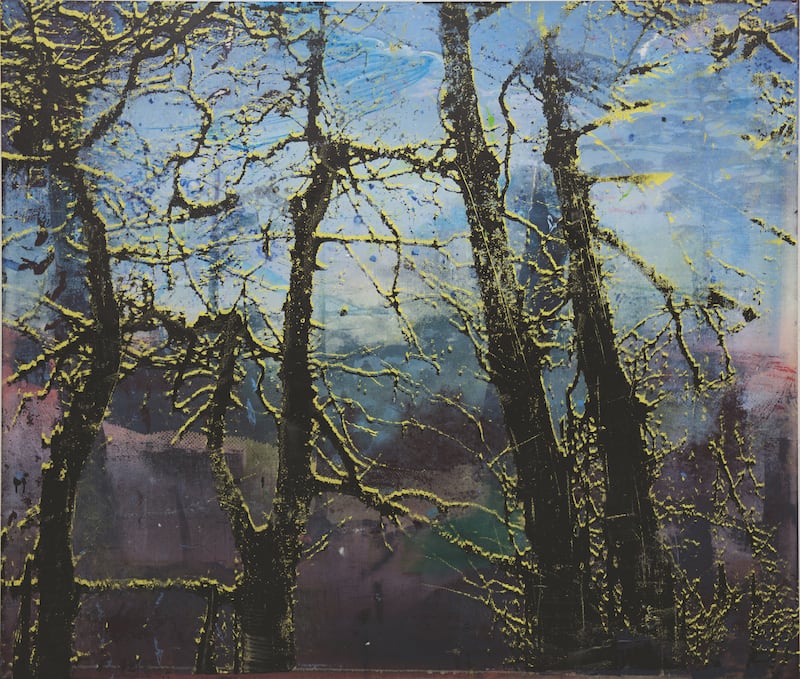
Elizabeth Magill’s earlier work was incredibly beautiful and seductive. “Initially, an image may appear to be traditional,” Scott says, “but she invariably brings in some dimension to challenge and surprise, like the plastic diamante ‘stars’ on some of those early works, raising questions about the contrast between traditional painting and unexpected, contemporary inserts.” With no easy conclusions, we look for answers from within our own experiences. More recently, Magill’s work, while still sumptuous, has introduced new tones and a darker edge, to suggest, as Scott says, “the manipulation of the environment and unintended consequences”.
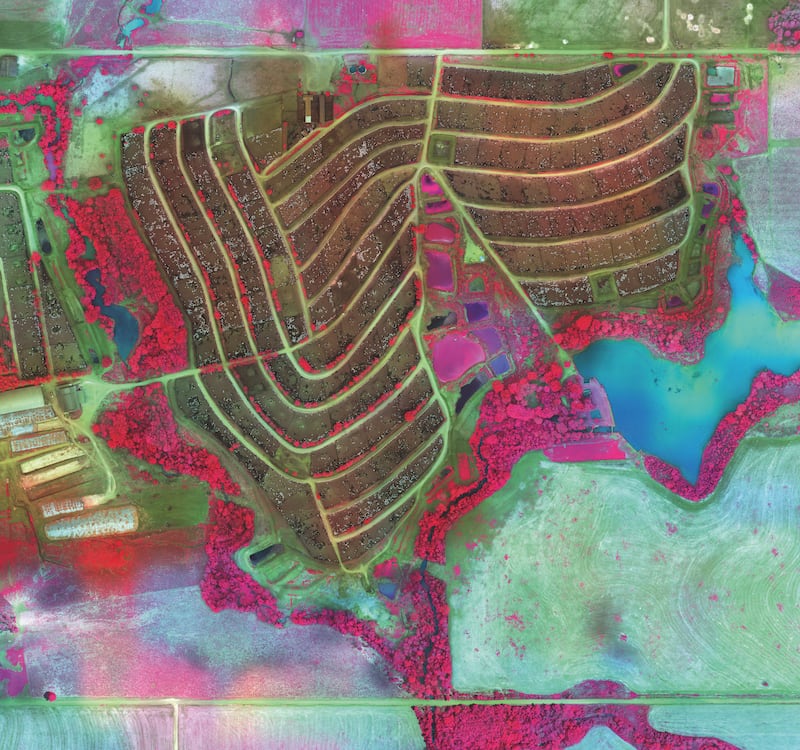
Richard Mosse is one of a number of artists who have been making work alerting us to the catastrophes of conflict and to the environmental crisis for decades. Mosse has had considerable international acclaim for his work exploring the Congolese war and, more recently, exploitative intensive farming and mineral extraction. As Scott points out, however, many artists have only started to capture the imagination with their work on these themes as anxieties about climate change become more widely publicised.
Continuing to explore this fertile field, Grilse Gallery, in Co Kerry, is showing Land, featuring work exploring the landscape and environment by, among others, Katherine Boucher Beug, Edwina Bracken, Audrey Fleming, Karen Hendy, Con Kelleher, Susan Montgomery, Noël O’Callaghan, Danny Osborne, Aisling Roche and Mary Sheehan. The exhibition runs until Sunday, August 13th. In Athlone, Co Westmeath, Luan Gallery’s Athrú looks at biosystems and climate change through the work of Mark Clare, Teresa Dillon and Rosie O’Reilly, until September 3rd. Climate change is also the subject of Clare Langan’s Elizium, which is at Sarah Walker Gallery, in Castletown Bere, Co Cork, until August 20th.
Landscape and Environment in Contemporary Irish Art, by Yvonne Scott, is published by Churchill House Press





















